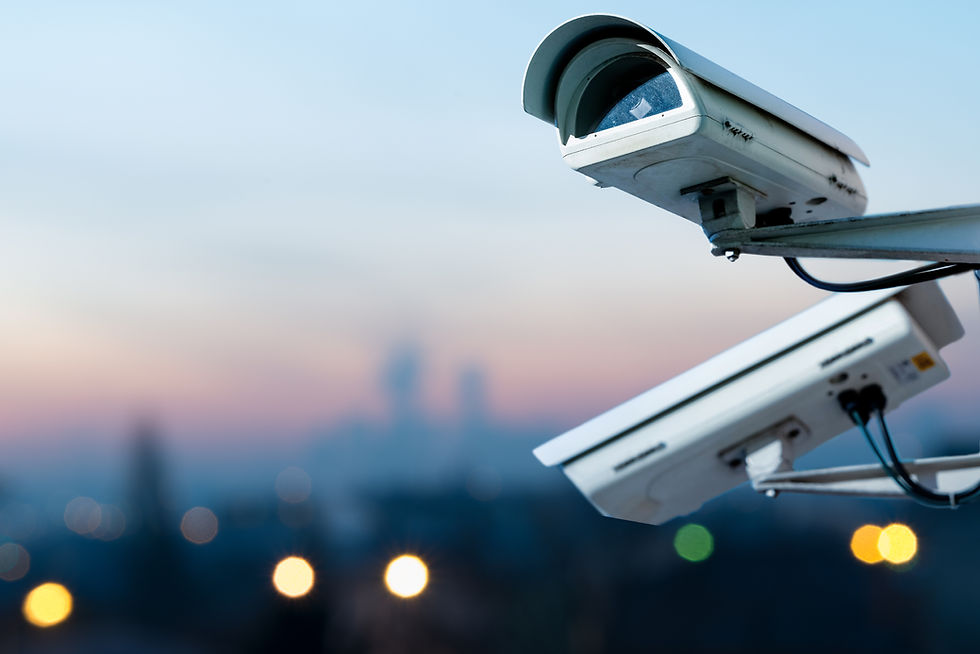Cybersecurity Tips for Remote Work: Keeping Your SMB Secure in a Distributed Environment
- Vaisakh Sreedharan
- May 30, 2024
- 3 min read
As more of us work remotely, small and medium-sized businesses (SMBs) face new challenges in keeping their data safe. With employees logging in from various locations, it's vital to protect your company's digital assets. In this blog, we'll explore practical cybersecurity advice tailored to the unique needs of small businesses managing remote teams.

Secure Remote Access
Implement Multi-Factor Authentication (MFA): Help your team by setting up MFA. It's like having a secret handshake and a special code – two layers of protection when logging in.
Use Virtual Private Networks (VPNs): Encourage your team to use VPNs when they're not in the office. It's like having a private tunnel through the internet, keeping their data safe from prying eyes.
Remote Desktop Protocol (RDP) Best Practices: If your team uses RDP to access work computers from afar, make sure it's locked down tight. Think of it like securing a secret passage – only those with the right key can enter.
BYOD (Bring Your Own Device) Policies
Establish Clear Policies: Create clear rules for using personal devices for work, setting boundaries to make sure everyone understands what's allowed and what's not. It's about providing a roadmap so everyone knows the right path to take.
Implement Mobile Device Management (MDM): Use MDM tools to keep an eye on work phones and tablets, acting as a digital guardian to ensure the devices stay safe and secure.
Separate Work and Personal Data: Encourage your team to keep their work stuff separate from personal stuff on their devices. Think of it like having different compartments in a backpack – one for work things and one for personal stuff. It keeps everything organized and makes sure nothing gets mixed up.
Employee Education and Awareness
Cybersecurity Training: Make sure to give your team regular training on cybersecurity. So that everyone learns how to spot potential dangers, like phishing scams, and knows the best ways to stay safe while working from home. To keep everyone interested and involved, make the sessions fun and interactive, like solving puzzles together or playing cybersecurity games.
Stay Vigilant Against Phishing: Make sure to give your team a heads-up about tricky emails trying to fool them. It's similar to reminding them to look both ways before crossing the street – staying cautious and alert.
Report Security Incidents Promptly: Make sure your team knows exactly where to go if they spot anything fishy or concerning. Encourage an open and supportive environment where everyone feels okay reporting any security issues, without fearing any backlash.
Tools and Resources
Endpoint Security Solutions: Ensure that your team's devices are protected with strong security software, that acts like a shield against viruses, ransomware, and other online threats. Look for solutions that spot dangers immediately, analyze behavior, and offer remote device management.
Secure Collaboration Tools: Select collaboration tools with their security features, like end-to-end encryption, access controls, and measures to prevent data loss. Give priority to tools that have been checked by security experts independently and follow the best practices in the industry.
Cybersecurity Consulting Services: Consider engaging cybersecurity firms like Sheer Safe that specialize in helping SMBs navigate remote work security challenges. These experts can provide tailored guidance, risk assessments, and recommendations to enhance your organization's security posture.

In today's world of remote work, keeping your small or medium-sized business secure is crucial to safeguard sensitive data and keep things running smoothly. By following the advice and using the tools we've discussed, you can beef up your organization's defenses and reduce the chances of running into trouble while working remotely. Keep in mind, though, that cybersecurity is something you've got to stay on top of all the time. Stay alert, keep learning, and take proactive steps to outsmart cyber threats before they can cause any harm.




Comments